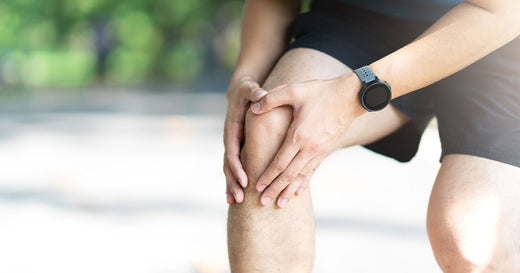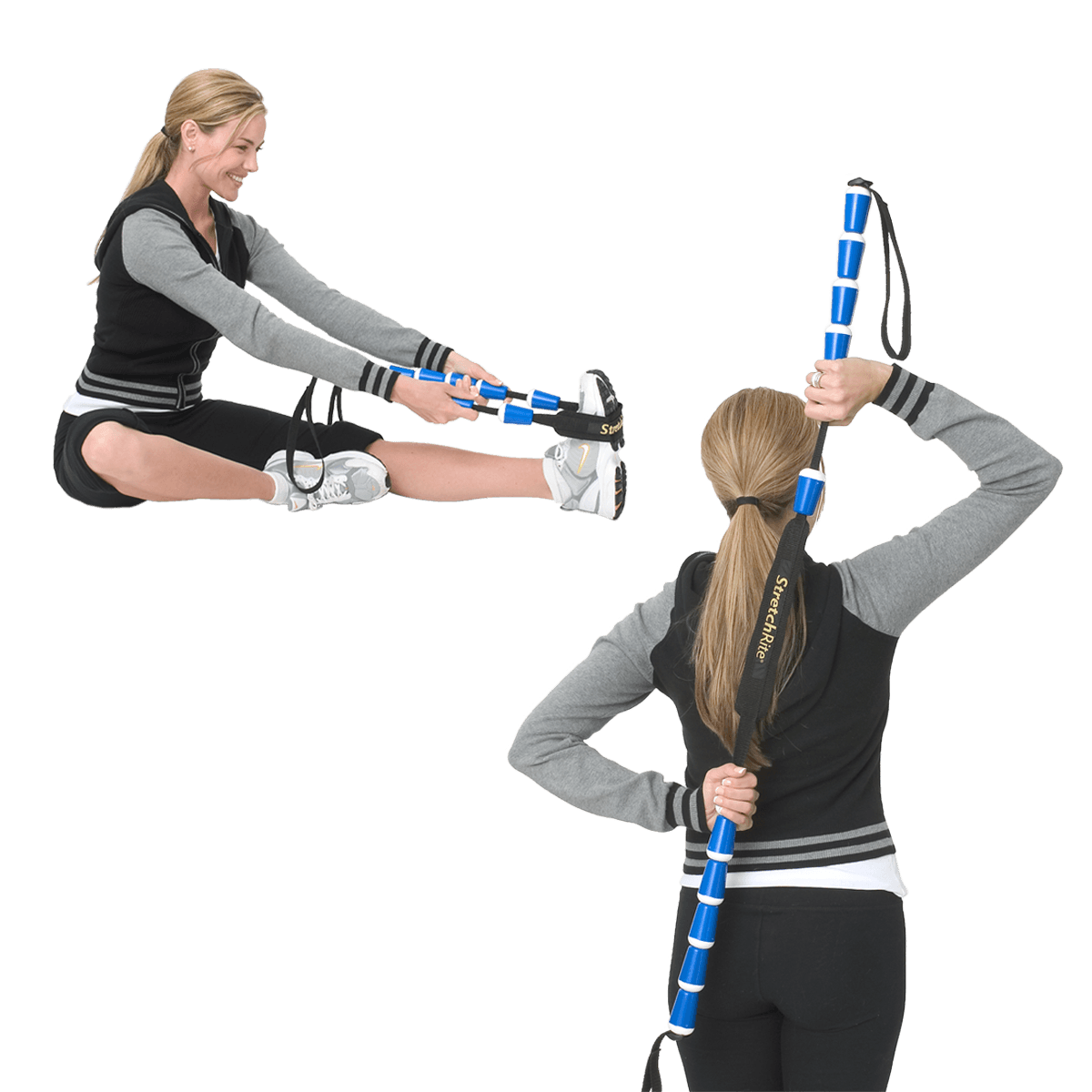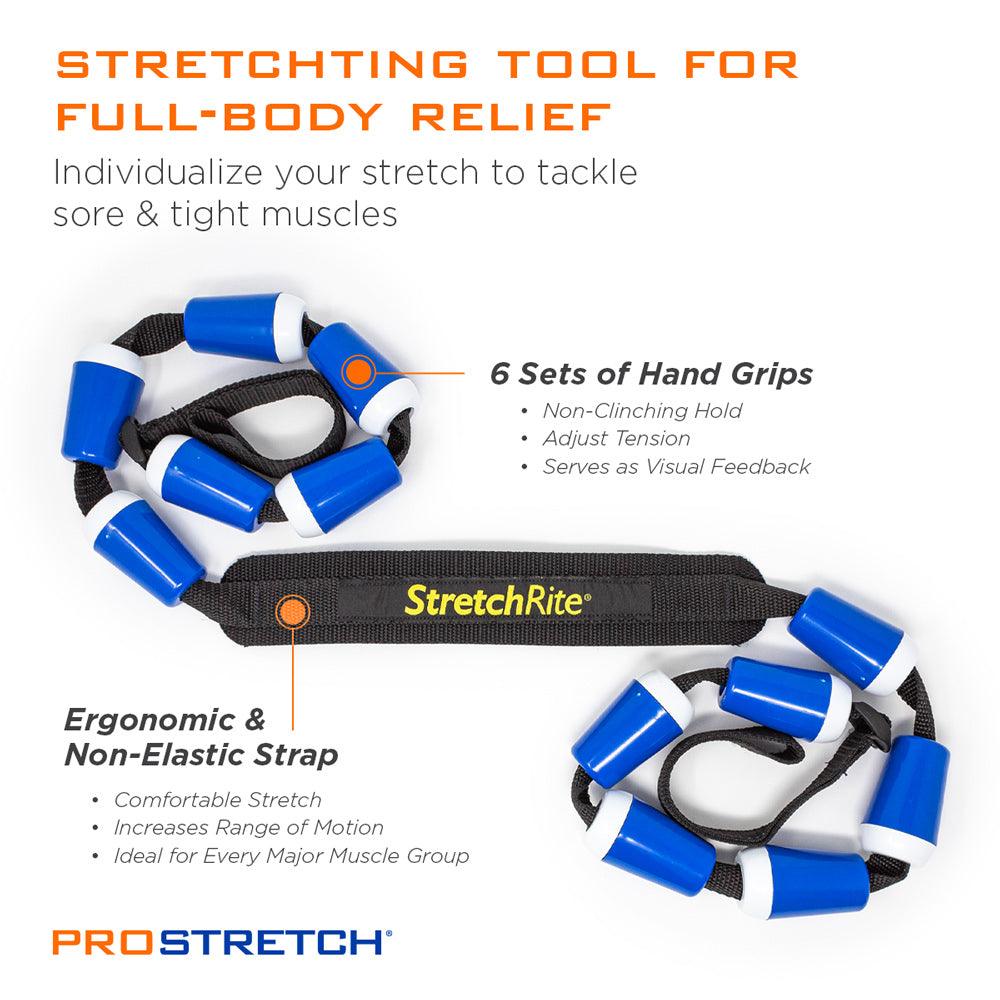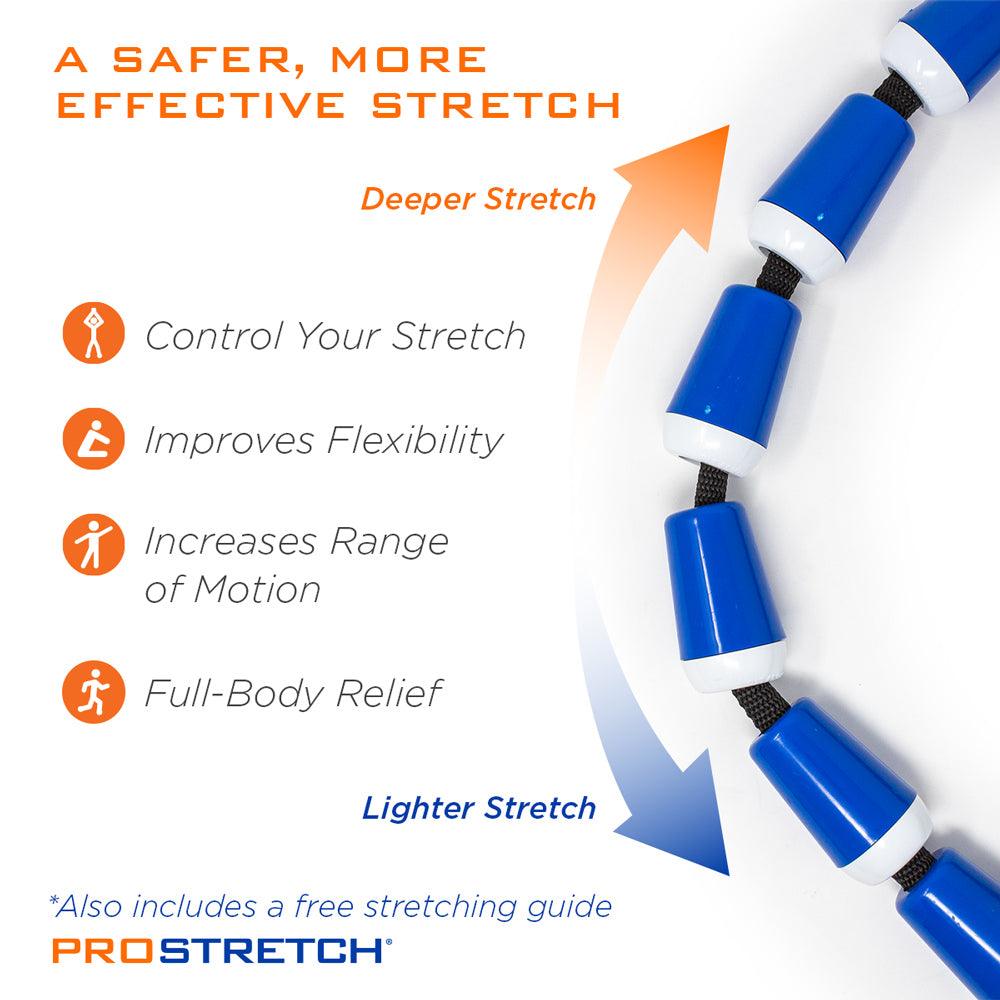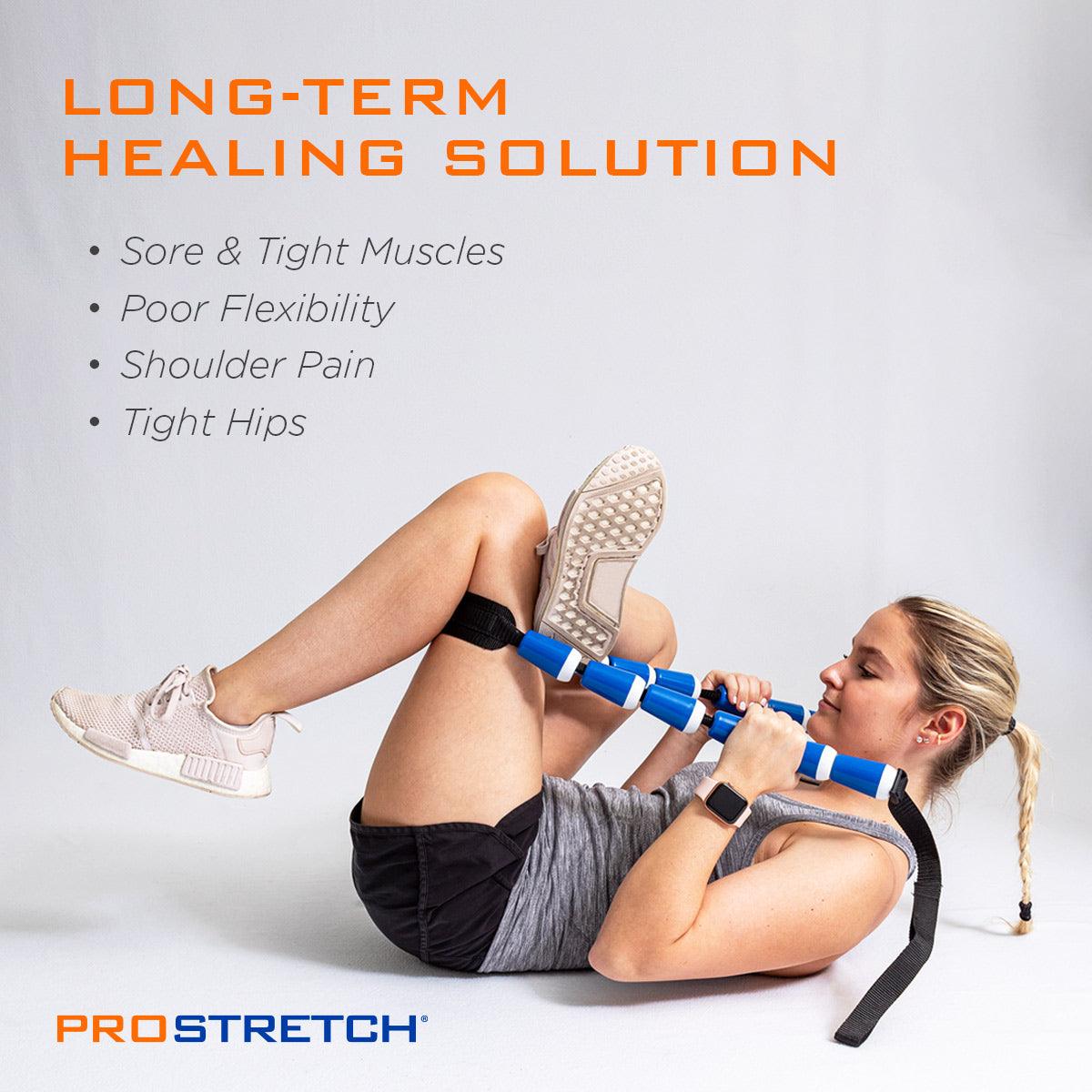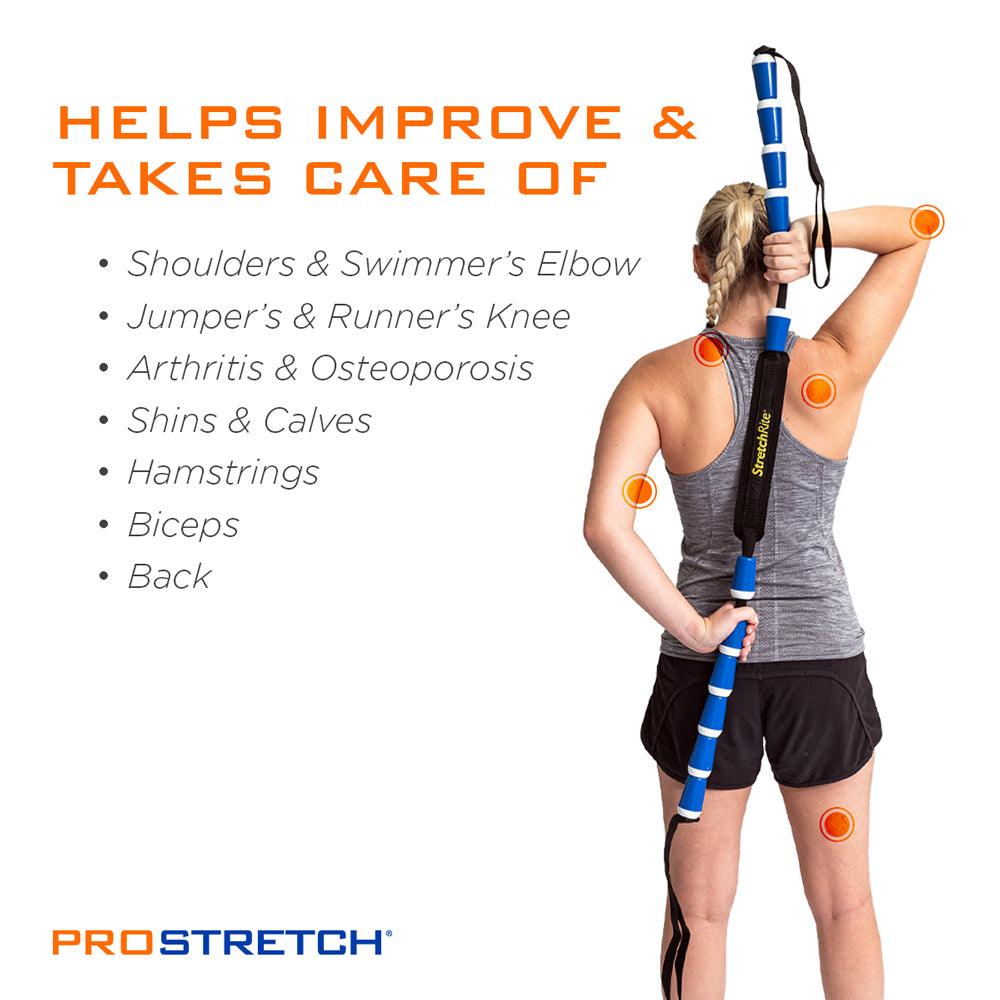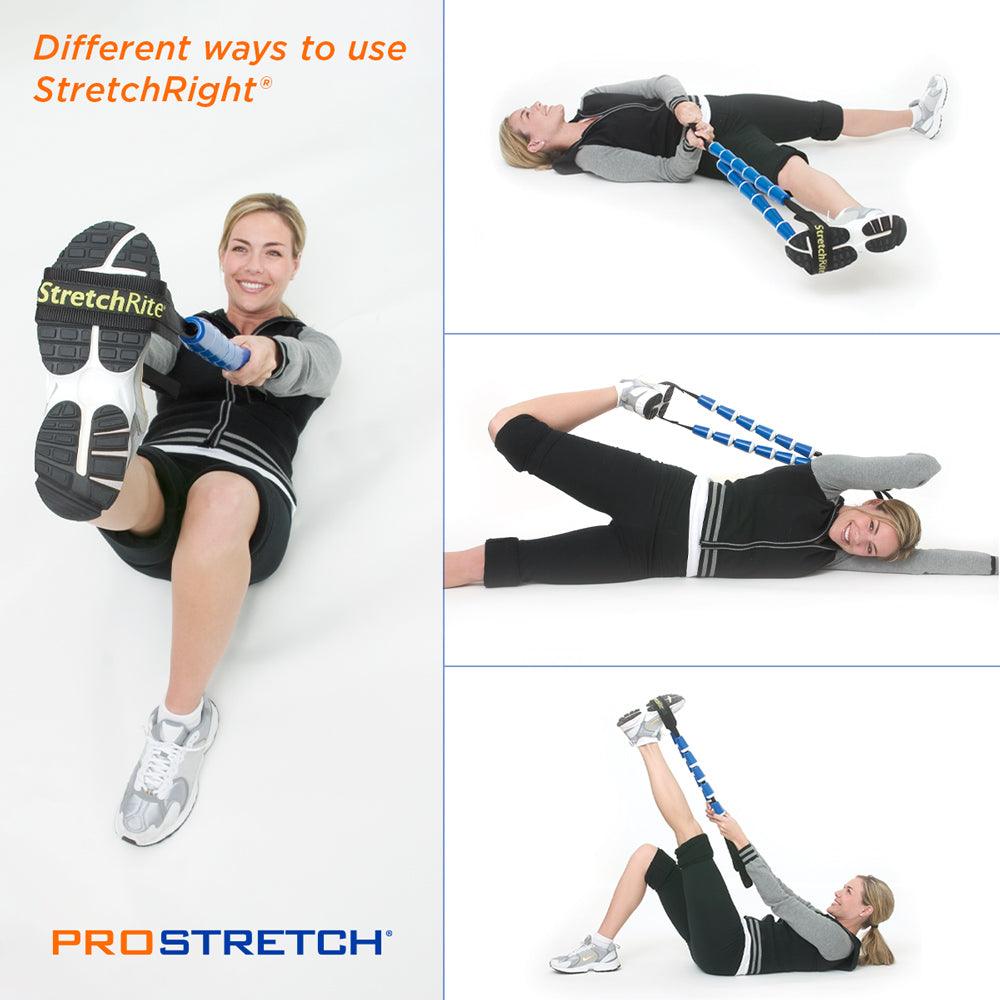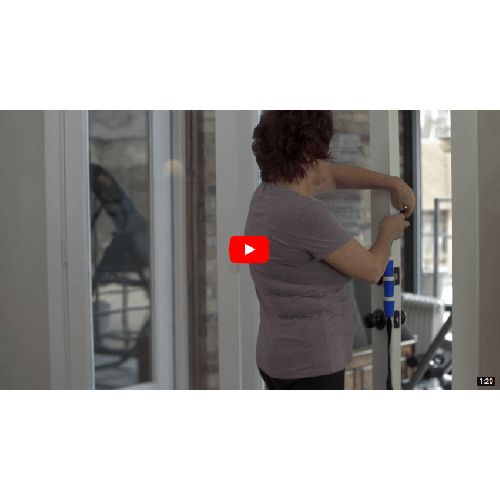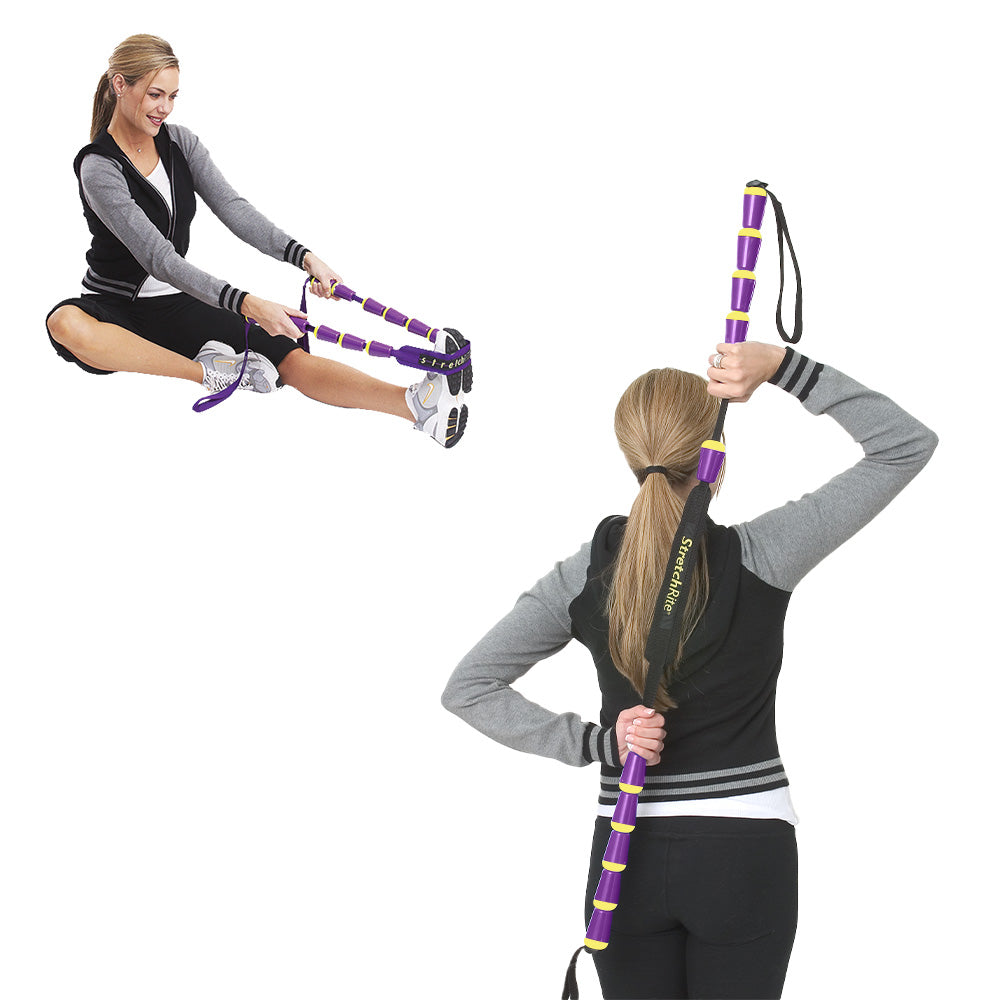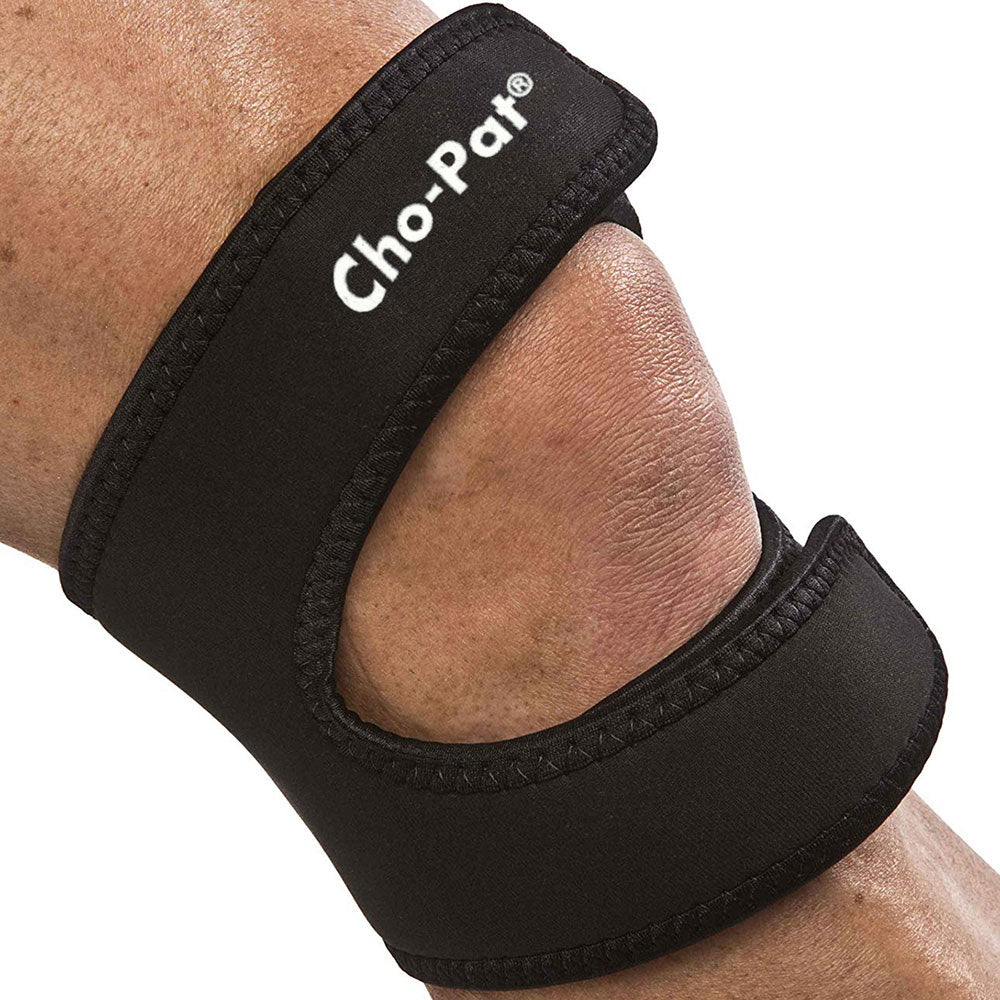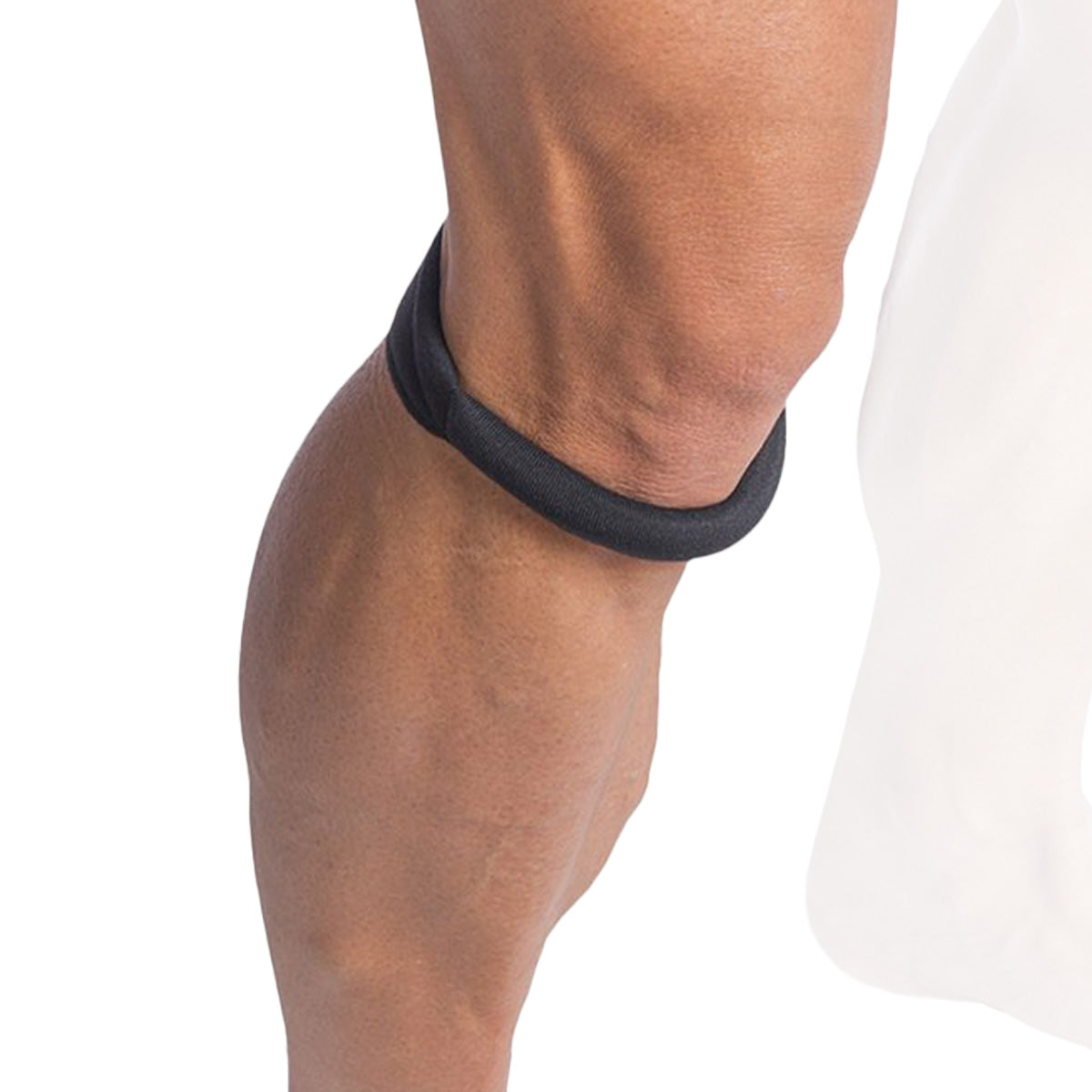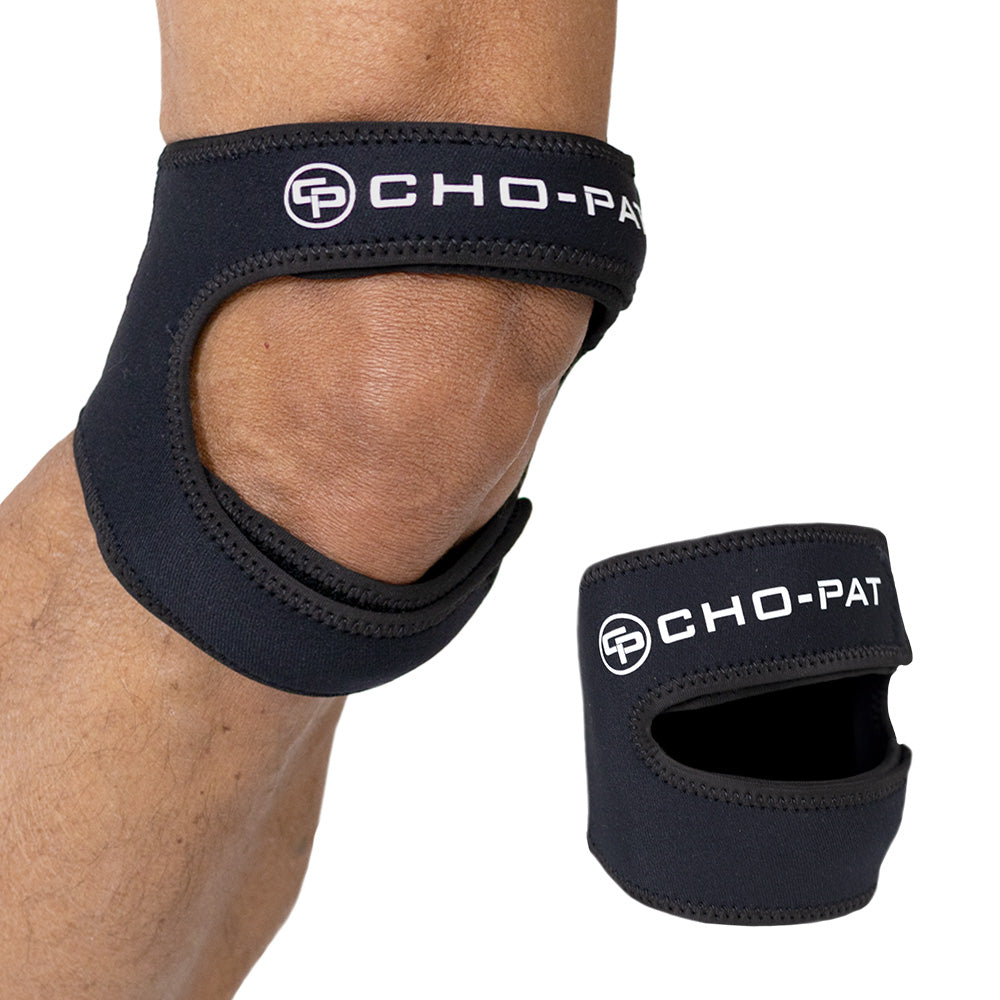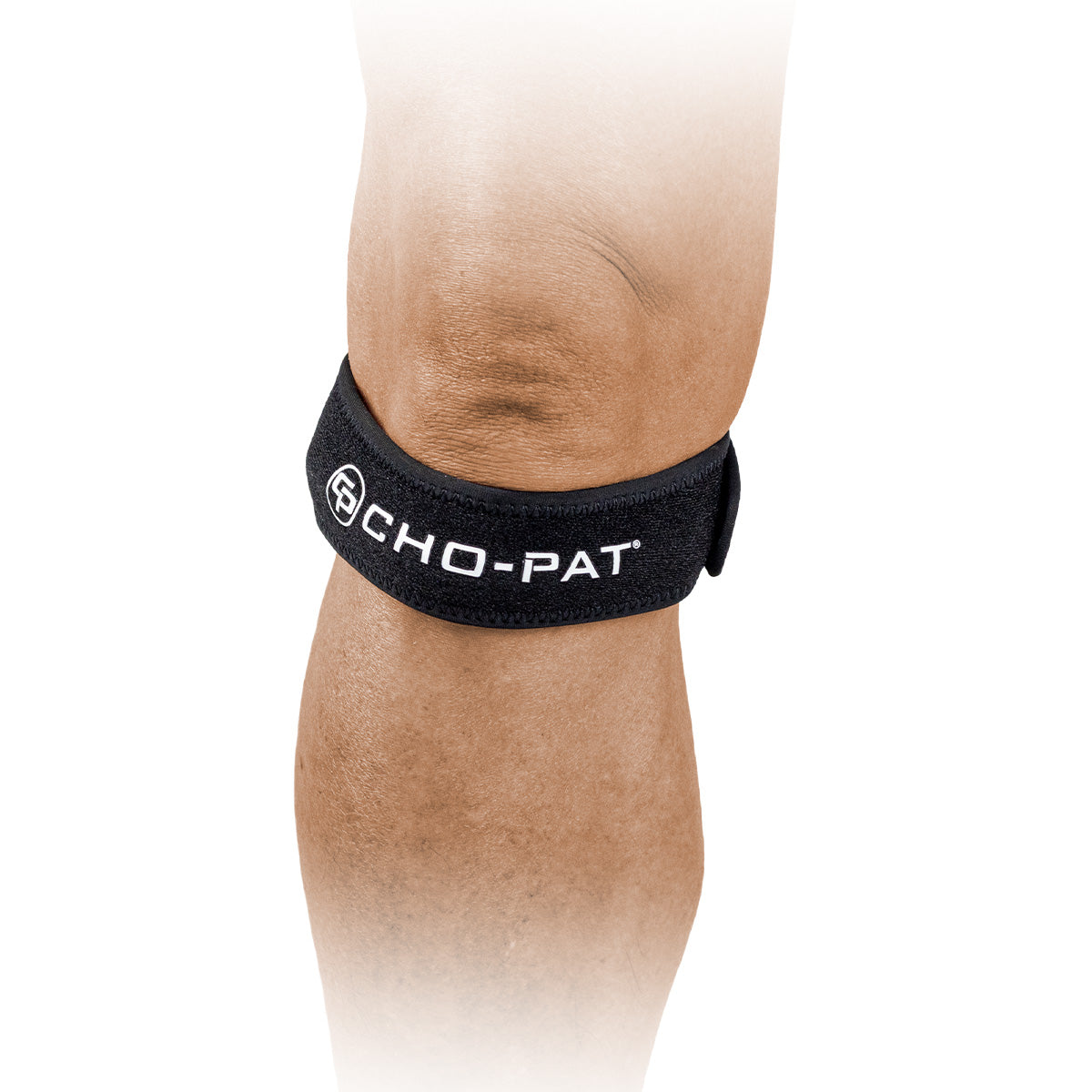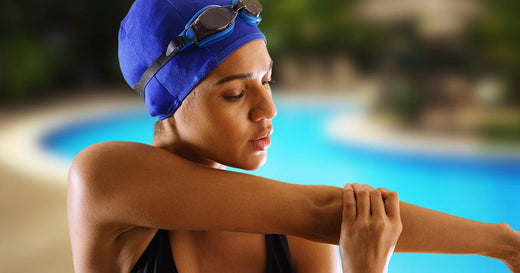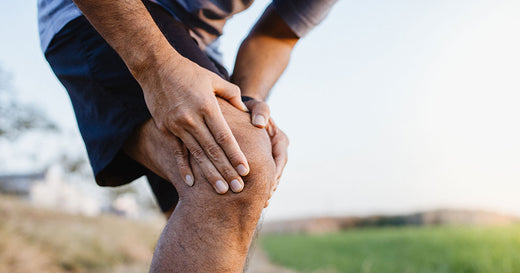Routine exercise is an important factor in maintaining a healthy weight and lifestyle. Running provides a vast amount of benefits, including improved cardiovascular health, increased metabolism, lower cholesterol, and lower blood pressure.
Yet like all forms of exercise, there is the possibility of injury. Studies have shown that up to 70 percent of runners sustain a running-related injury each year, with runner’s knee being the most prevailing knee injury. Fortunately, stretching for runner’s knee can alleviate painful symptoms and prevent further injury in the future.
Table of contents:
- Understanding Runner's Knee Pain
- The Top 5 Runner's knee Stretches
- Runner’s Knee Stretching Exercises Using StretchRite® by Medi-Dyne
- How to Prevent Runner's Knee?
Understanding Runner's Knee Pain
Runner’s knee is a common knee injury that afflicts more than just runners. One reason the condition is so common is that it’s not related to one specific type of injury, but rather a term that describes several knee conditions.
Runner’s knee is medically called patellofemoral pain syndrome. This condition involves dull, aching pain that is centered around your kneecap or at the front of your knee. In many cases, the pain can intensify when walking up or down steps, sitting with a bent knee for long periods, and kneeling or squatting.
While this condition is common, it can be preventable through rest, appropriate stretches and using knee braces.
The Most Common Causes of Runner's Knee
Understanding the causes of runner’s knee will help you prevent injury to your knees. The most common causes of runner’s knee are:
- Overuse or repetitive bending or jumping
- Trauma, including falls
- Weak upper leg or gluteal muscles
- Bone or muscle misalignment
- Arthritis
- Chondromalacia patella
You have a higher risk of developing runner’s knee if you:
- Are female
- Have previously had knee surgery
- Engage in sports and exercises that are strenuous to your knees such as running and jumping sports
- Are obese
Stretching Exercises
Runner’s knee exercises are essential to proper recovery from the condition. Although you may feel pain and discomfort to begin with, proper runner’s knee stretching exercises will allow you extended pain relief.
One of the most important things to remember is that when you participate in runner’s knee exercises, that you wear the proper protective gear. The Cho-Pat® Original Knee Strap is perfect for providing support to the injured area. It allows the user mobility and comfort as they participate in runner’s knee exercises.
The Top 5 Runner's knee Stretches
Stretching for runner’s knee is an effective treatment that can prevent further knee injuries. Stretching regularly will increase your flexibility and strength in your hips, knees, quadriceps, and hamstrings. Here are five of the best runner’s knee stretches that you can do to treat and prevent runner’s knee.
1. Knee Bends
Knee bends are a great stretching exercise that strengthens the muscles surrounding your knee to provide additional support.
- Start by standing against the wall with your feet about a foot forward.
- Your knees should be hip-width apart. If you have an exercise ball, place the ball between your back and the wall for better movement.
- Next, slide your back down slowly until your knees are slightly bent.
- As you come up, tense your buttocks and make sure that your movements are slow.
- Perform three sets of 10 repetitions for best results.
2. Squats
Ready for leg day? Squats strengthen the muscles in your hips and legs, providing stability to your knees.
- To perform a squat, stand up straight with your feet shoulder-width apart.
- Bend your knees to a slight right angle as you lower yourself while keeping your back straight.
- Then, squeeze your buttocks as you slowly rise back up to your starting position.
- Aim for three sets of 10 repetitions.
3. Standing Hamstring Stretch
- Place the heel of the affected leg on a stool that is around 15 inches high.
- Keep your leg as straight as possible as you lean forward while bending at the hips.
- Make sure that you avoid bending at the waist or rolling your shoulders as doing so will target the muscles in your back instead of your hamstrings.
- Hold this stretch for up to 30 seconds with three repetitions.
4. Side-Lying Leg Lift
- Lie on the side that is not impacted by runner’s knee.
- While keeping your body as straight as possible, tighten your injured leg’s front thigh muscles as you lift your leg up to ten inches away from your uninjured leg.
- Hold the position for a few seconds before slowly lowering your leg again.
- Perform two sets of 15 repetitions.
5. Straight Leg Raise
- Lie on your back and keep your legs straight in front of you.
- Bend your uninjured knee and place the foot of that leg flat on the floor.
- Keep the rest of your body as straight as possible while tightening the thigh muscles on your injured side.
- Next, lift your injured leg around eight inches from the floor before you slowly lower it back down.
- Perform two sets of 15 repetitions.
Runner’s Knee Stretching Exercises Using StretchRite® by Medi-Dyne
Increasing and maintaining flexibility is one of the best things you can do for runner’s knee. While there are many runner’s knee stretches that you could perform, here is a hamstring stretch you can do with ProStretch® StretchRite® Stretching Strap by Medi-Dyne:

Hamstring Stretch
- Lay on your back with your knees bent. Slowly lift one foot into the air with the sole pointing upward.
- Drape the StretchRite® over the sole and hang on to the handles on each side.
- Gently pull down on the StretchRite®, straightening out your knee as far as you can.
- Hold for 30 seconds, release, and repeat 3 times.
How to Prevent Runner’s Knee?
Knowing how to prevent runner’s knee will put you in a good position to not have to deal with the condition. One of the most important things to understand when learning how to prevent runner’s knee is that warming up before exercising is essential to a healthy body. Either on your own or with the StretchRite®, slowly stretch before and after you run, jump, or walk excessively. Another prevention method is to massage the area with the ProStretch® Pro Roller after every activity that puts strain on the knees.
Conclusions
Whether you’re just learning how to prevent runner’s knee, or if you are looking for the medically approved tools to aid you in runner’s knee stretches, contact Medi-Dyne for more information at 1-800-810-1740 or 1-817-251-8660.
PLEASE NOTE: The information on this website and article is for information only and should not be used as a substitute for consulting your doctor. Consult your doctor for proper diagnosis and rehabilitation.




